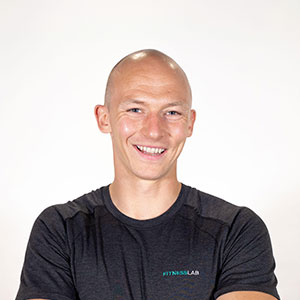One of the most common reasons people sign-up to personal training here at Fitness Lab is a desire to lose some body fat.
While taking this step could be one of the most important health commitments you ever make – there’s often also a little nervousness involved. If you’ve ever considered personal training but just have no idea what’s waiting for you during that first session – we’re here to help!
In this blog we’ll outline everything you need to know as a beginner starting a weight loss workout plan – including:
- Working with a trainer
- What a typical program will look like
- The benefits of strength training vs cardio
- When you can expect to see results; and,
- how approaches to fat loss and weight loss might differ
Let’s push open those studio doors and see what’s happening inside!
Working with beginners
As a beginner, the priority is setting healthy, sustainable habits. This is about making incremental lifestyle changes that will set you up for long term success, rather than being caught in a cycle of yo-yo dieting.
When working with beginners, any coach worth their salt will focus on making you feel comfortable in the environment you’re training in. There’s a million different ways to approach exercise, it’s about working alongside your trainer to find the approach that works best for you.
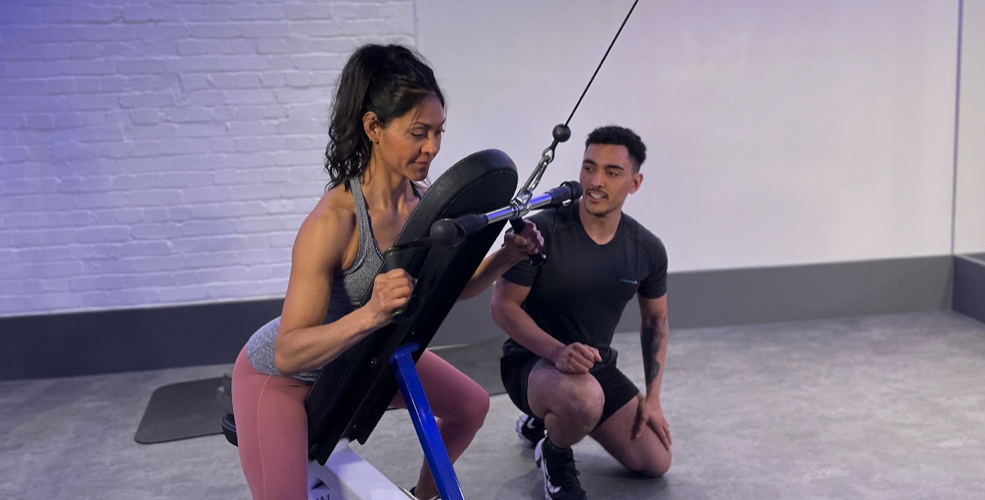
Often, a hurdle when working with beginners is undoing the way they see exercise. The ‘no pain no gain… go hard or go home’ approach to training is reductive and can create a negative perception of training. The first few weeks or months can often be about reframing exercise as a celebration of what your body can do, not a way to punish it.
What would a typical beginner weight loss plan look like?
An effective weight loss plan will prioritise strength training and forming good habits.
Any trainer can put you through a hard cardio session that will burn 1000 calories in an hour, but that won’t set you up for success. Not only will this increase your cortisol levels and be difficult to recover from, it’s likely that you’ll make up for the huge calorie expenditure by reducing your activity for the rest of the day.
Your body likes homeostasis (staying the same) and will do what it can to resist change. Running yourself in the ground for an hour may lead to a decrease in your Non-Exercise Activity Thermogenesis (NEAT) through the rest of the day as your body tries to ‘make up’ for the calories burnt.
By prioritising strength training, you will build muscle mass. This will not only improve your body composition (which is usually the true ‘weight loss’ goal) but will also increase. your Basal Metabolic Rate (the calories your body burns at rest), setting you up for sustainable, long term success.
For any beginner, the emphasis should be on setting a foundation. The best way to do this is to get strong and comfortable with essential movement patters: squat, lunge, push, pull, hinge and carry. How this gets divided up depends entirely on the individual, with factors like availability being a key consideration.
The ‘other’ 23 hours
When it comes to weight loss however, what really matters is the other 23 hours of the day outside of your training session.
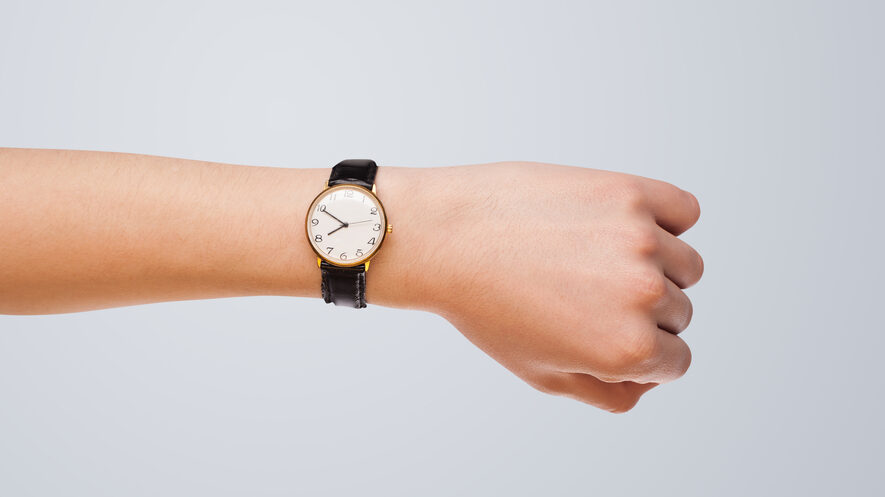
During that time you’ll need to address:
1. Your calorie consumption. Your trainer can suggest an appropriate number of calories to consume each day, as well as giving tips for healthy swaps or effective strategies to avoid overconsumption.
2. Your daily activity. One of the most effective weight loss strategies is to increase your daily activity outside of the gym. That doesn’t mean adding in a jog everyday, that means increasing the amount you walk, take the stairs or any other day to day activity. This will increase the amount of calories you burn without adding an extra stressor that could undo your good work.
3. Sleep. As mentioned above, if you get everything right during the day but only sleep 5 hours during the night, you’re adding a huge extra hurdle to your journey.
Don’t think of your weight loss plan as the strength training program your PT puts together for you, think of it as the sustainable habits they help you establish.
Should I be focusing on cardio or weights?
If you’re in a calorie deficit, your body needs to get its energy from somewhere. Therefore, it starts burning the energy you’ve got stored up in your body. Ideally, this would be from fat stores. Unfortunately, in practice it may also come from muscle. When you’re in a calorie deficit, your body is essentially in self-preservation mode. It doesn’t know that your end goal is to get shredded, for all it knows you’re in a situation where food is scarce.
The type of activity you do will determine how well you build or maintain muscle in a calorie deficit. Some form of resistance training is a must when it comes to building muscle and changing body composition. The energy our muscles use while exercising comes from their ability to break down fat and carbohydrate with the help of oxygen.
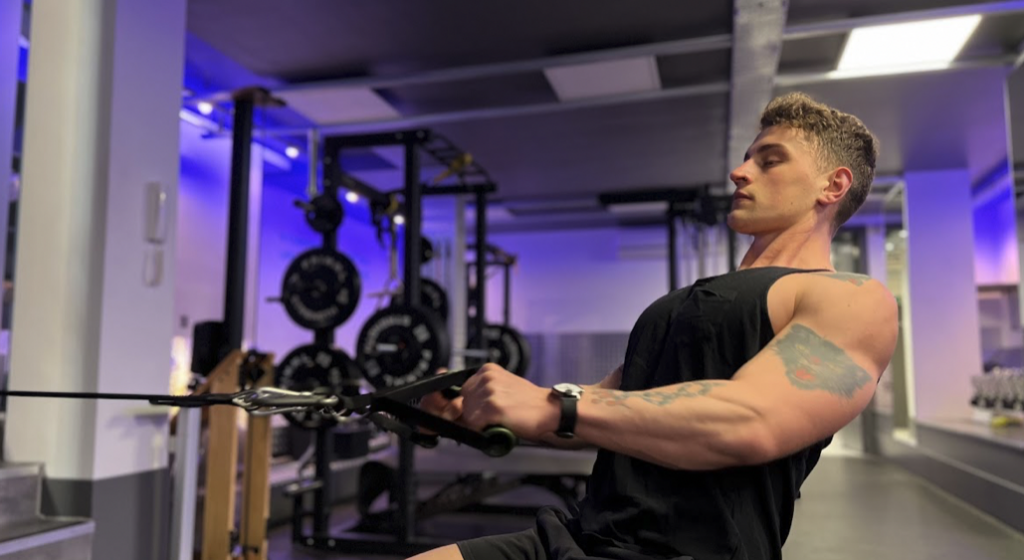
After we’ve finished exercising, oxygen uptake remains elevated in order to restore muscles to their resting state by breaking down stored fat and carbohydrates. This is called excess post-exercise oxygen consumption (EPOC). Commonly termed ‘after-burn.’
Resistance training is more effective than low or medium intensity cardio at elevating both short and long-term after-burn.
It helps to think of your activity as a signal you’re sending to your body. If you perform regular strength training workouts, you’re telling your body that you need muscle mass. If you don’t use it, you’re telling your body you don’t need it. Your body is great at adapting, you just need to send it the right information.
That’s not to say you shouldn’t do any cardio. Low intensity activities such as walking are fantastic for burning fat while maintaining muscle mass. Just save the intensity for the weight room!
How quickly can I expect to see results?
There’s no exact answer to this. Depending on your starting point and how consistent you are with your plan you may well see results within a few weeks. However, the thing about successful sustainable weight loss plans is that they are incremental. If you lose weight without setting up sustainable habits, chances are you’ll bounce right back as soon as you finish your ‘6 weeks to shred’ program.
That incremental progress means you may not notice results week to week. If you look at yourself every day, you might not notice the 1/7th of a LBs you lose every day, but 3 months losing 1lb a week and you’ll be nearly a stone lighter.

The key to a successful weight training program is data. We need to know where you are currently, in terms of weight and body composition, where you want to be and what your dietary habits look like.
Regular check-ins are a must, and that means measurements that go beyond just weight, it’s important to know how your body composition is changing week by week.
Weight loss vs fat loss
For most people, a weight loss goal would perhaps be better defined as a fat loss goal. Losing fat while maintaining or even building muscle is what most people strive for. If you were to lose weight by losing an equal amount of body fat and muscle, your body composition (your ratio of fat to muscle) would remain the same. Meaning you’re essentially in the same position you started, just smaller and most likely hungrier!
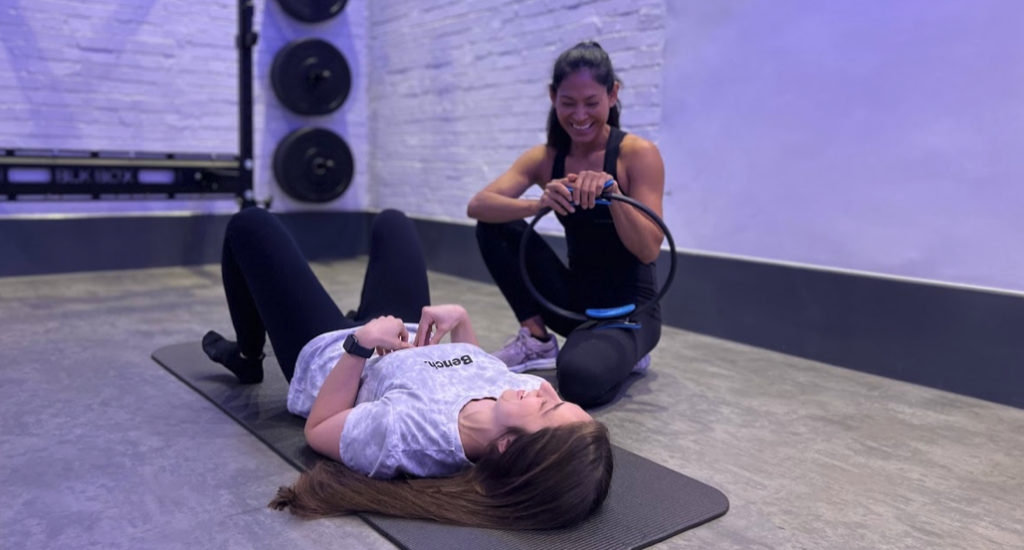
Fat loss is therefore more complex than simply being in a calorie deficit. Cutting calories too drastically and not paying attention to the balance of macronutrients can lead to excessive muscle loss.
A proper ‘weight loss’ program takes into account not only the energy balance, but also macro nutrition and body composition.
If you’d like to hear more about what a beginner’s weight loss programme might look like – why not get in touch? We’ll have an informal chat with you about what you can expect – so you’ve got all the information you need to decide if Fitness Lab is going to be right for you!
